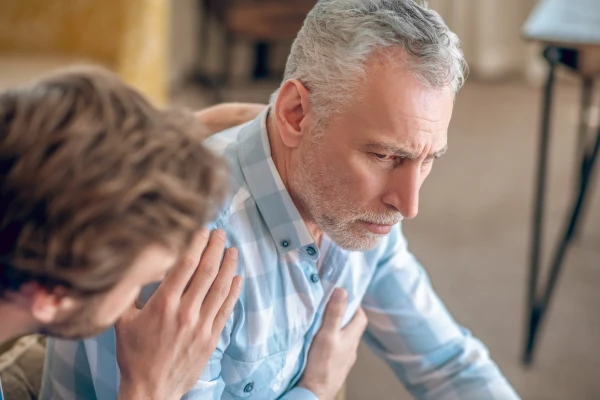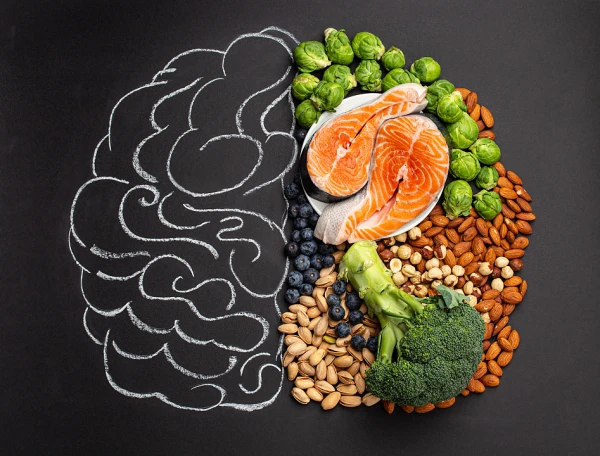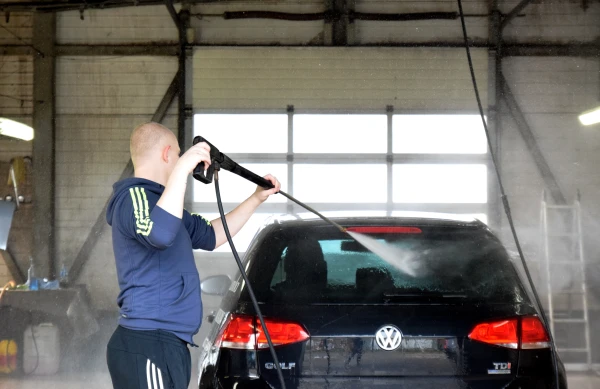
This condition requires immediate action and a quick response from those around. According to cardiologist recommendations, there are three key steps that everyone should know and be able to apply to save a person if a heart attack occurs.
What needs to be done in the first minutes of a heart attack to minimize risks and provide the victim with the best chances of recovery was explained by Valentina Baidina — a leading cardiologist.
Symptoms of a Heart Attack
A heart attack is a term that is most commonly used in medical practice to refer to acute coronary syndrome. This is a group of emergency conditions that develop due to a sudden disruption of blood flow in the coronary arteries that supply the heart. The most severe manifestation of the syndrome is a myocardial infarction, when the vessel is completely blocked, leading to partial death of the heart muscle tissue. Its symptoms include:
-
a crushing or burning pain behind the sternum in the area of the heart;
-
shortness of breath, feeling of suffocation;
-
sudden weakness, cold sweat, fear;
-
pallor, darkening of vision, loss of consciousness;
-
burning in the upper abdomen, vomiting.
Important! A heart attack is not always accompanied by pain. Painless occurrences are especially common among the elderly, patients with diabetes, and those who have previously had a heart attack. In this case, it is important to focus on other accompanying symptoms.
Algorithm for Assistance During a Heart Attack
Step 1. Call an Ambulance
The prognosis for treatment directly depends on how quickly a person gets into the hands of doctors. The chances of complete recovery will be maximized if medical interventions are performed within 1.5–2 hours from the onset of the first symptoms. In the interval between two and six hours, the effectiveness of therapy gradually decreases but remains high, and after that, changes in the heart muscle become irreversible.
Thus, the first and most important step is to call an ambulance.
Step 2. Rest and Fresh Air
While waiting for the ambulance, it is necessary to provide the patient with maximum rest: sit them up with their head elevated, and let their legs hang down, unbutton the collar of their clothing and belt. In addition, open windows to ensure a flow of fresh air into the room.
Do not: lie down flat, stand, walk, smoke, or eat.
Step 3. Medication Therapy
During a heart attack, acetylsalicylic acid and nitroglycerin may be used before the ambulance arrives, but they can only be applied if there are no contraindications and you are sure that your actions will not cause harm. For example, aspirin is contraindicated in cases of exacerbation of peptic ulcer disease and confirmed allergy to acetylsalicylic acid. It is better to consult at least with the ambulance operator about what actions to take before the doctors arrive.
Do not: take other pain relief medications (ibuprofen, no-shpa, etc.).
Is Chest Compressions Needed?
Many are interested in whether chest compressions should be performed as first aid. Here it is important to understand that if you have never attempted resuscitation actions before and have not undergone appropriate training, there is a risk of making a serious mistake that could worsen the patient's condition. For example, ribs can be broken if chest compressions are performed incorrectly. However, if the patient's condition becomes critical and there is no doctor nearby, measures may still be justified.
In this case, the order of actions is as follows.
Make sure that the person has no pulse and is not breathing. If the patient is breathing and a pulse is palpable, chest compressions are prohibited.
The patient should be on a firm surface (floor, asphalt), not on a bed.
Identify the point where pressure should be applied during the massage. It is located 3–4 cm above the xiphoid process — a small protrusion at the lower end of the sternum where the ribs converge. Important: do not press on the process itself, as this increases the risk of fracture.
Place the base of one palm on the correct point, cover it with the other palm, and interlock your fingers. All movements should be performed with the base of the palm, not the fingers.
Perform rhythmic compressions so that the chest sinks 5–6 cm. The frequency should be 100–120 compressions per minute.
A heart attack is not a condition that can be endured or resolved with pills. The sooner a person receives medical assistance, the higher the chances of avoiding complications. Even if it seems that the patient has improved and the pain has subsided, refusing hospitalization is not an option. Only doctors can confirm that the heart is safe and, if necessary, start treatment that will save a life.












